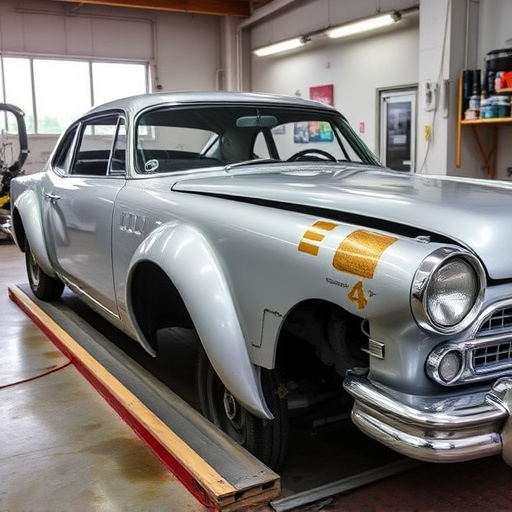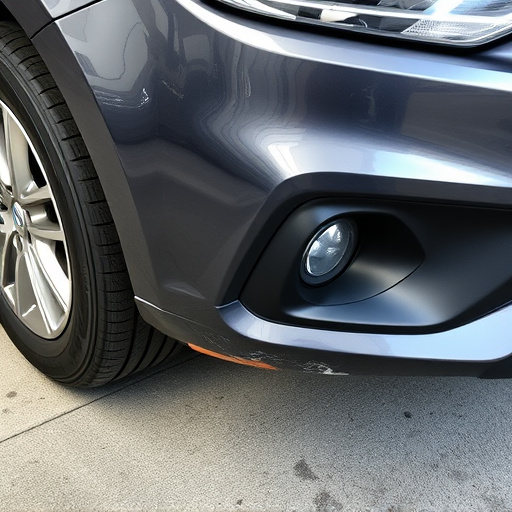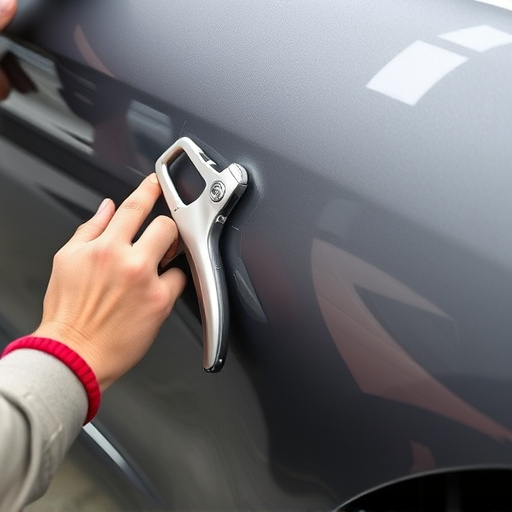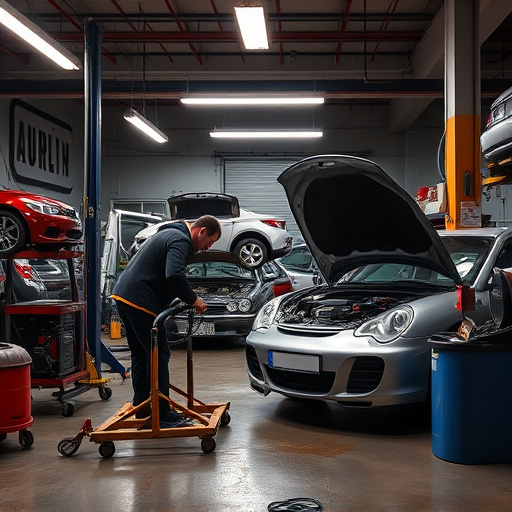Mercedes owners in warm regions often face weak airflow in vented seats. Causes vary from faulty ventilators to blocked vents or damaged wiring. Initial checks include inspecting for damage and securing electrical connections. Advanced tools may be needed to identify air leaks. Simple cleaning addresses minor issues, but complex repairs require professional Mercedes ventilated seat repair services from automotive body shops, ensuring accurate root cause diagnosis and tailored solutions.
Are you experiencing weak airflow from your Mercedes ventilated seats? This can be a frustrating issue, but don’t worry—we’ve got you covered. This comprehensive guide dives into the heart of Mercedes ventilated seat repairs, helping you understand common problems like reduced air circulation and offering a step-by-step repair process for improved cooling. By the end, you’ll be equipped to restore your vehicle’s comfort and performance.
- Understanding Mercedes Ventilated Seat Issues
- Diagnosing Weak Airflow Problems
- Step-by-Step Repair Guide for Better Cooling
Understanding Mercedes Ventilated Seat Issues
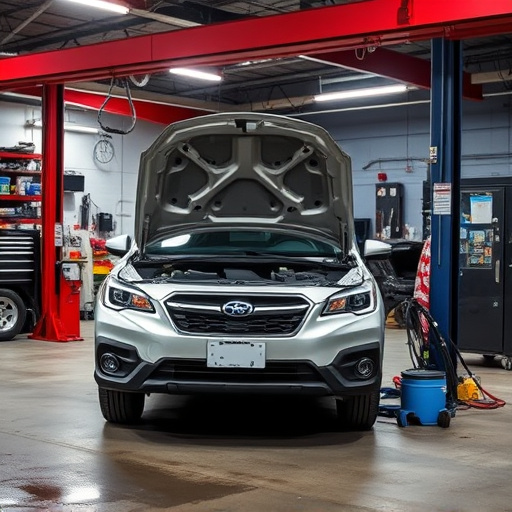
Many Mercedes owners experience issues with their ventilated seats, particularly when it comes to weak airflow. This problem can be frustrating, especially in warmer climates where a cool seat is a must. Understanding the root cause behind the issue is key before diving into a Mercedes ventilated seat repair.
Weak air flow could be a result of various factors such as faulty ventilators, blocked vents, or damaged wiring within the seat. Sometimes, a simple cleaning of the vents and fans can resolve the problem. However, more complex issues might require professional automotive collision repair services from an experienced automotive body shop. Identifying the specific issue is crucial to ensuring effective and long-lasting Mercedes ventilated seat repair.
Diagnosing Weak Airflow Problems

Weak airflow from Mercedes ventilated seats can be frustrating and uncomfortable. Diagnosing the problem accurately is the first step in any successful Mercedes ventilated seat repair. Start by inspecting the seat for any visible damage, such as tears or punctures in the ventilation mesh, which could obstruct airflow. Check the seat’s electrical connections to ensure they’re secure and undamaged; loose or corroded wires can cause intermittent or reduced air flow.
Next, examine the fan itself. Inspect its blades for debris buildup or warping that might hinder airflow. Verify that the fan is receiving power and operating correctly. In some cases, a faulty control module or sensor could be at fault. If you’ve eliminated these primary issues but still experience weak airflow, consider the possibility of air leaks within the seat’s complex system of ducts and channels. This may require more advanced diagnostic tools to pinpoint and address, akin to auto body repairs for hidden damage in a vehicle after an automotive collision repair.
Step-by-Step Repair Guide for Better Cooling
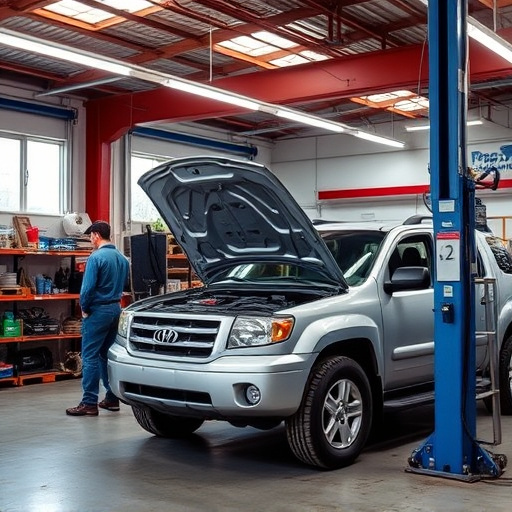
For a Mercedes ventilated seat repair addressing weak airflow problems, follow this step-by-step guide for optimal cooling. Begin by locating the ventilation control module, typically found beneath the seat or in the vehicle’s trunk. Inspect the seat’s air channels and ensure they’re free from debris using compressed air or a vacuum cleaner. Next, check the condition of the seat’s ventilating fans; replace any worn or damaged components with OEM (Original Equipment Manufacturer) parts.
Proceed to clean or replace the ductwork connecting the fans to the seat, ensuring proper airflow. Test the system by activating the ventilation function and verifying strong air circulation. If issues persist, consider consulting a professional automotive body shop or tire services for specialized diagnosis and repair, as they offer expert vehicle repair services tailored to your Mercedes’ intricate needs.
If your Mercedes’ ventilated seats are no longer providing adequate cooling, don’t let a weak airflow problem leave you uncomfortable. With a thorough understanding of the issue and our step-by-step repair guide, you can now tackle this head-on. By diagnosing the problem and implementing the necessary fixes, you’ll have your vehicle’s seating back to its optimal cooling performance in no time. Remember, proper maintenance is key, so don’t hesitate to regularly inspect and address any concerns with your Mercedes ventilated seat repair for a more enjoyable driving experience.
